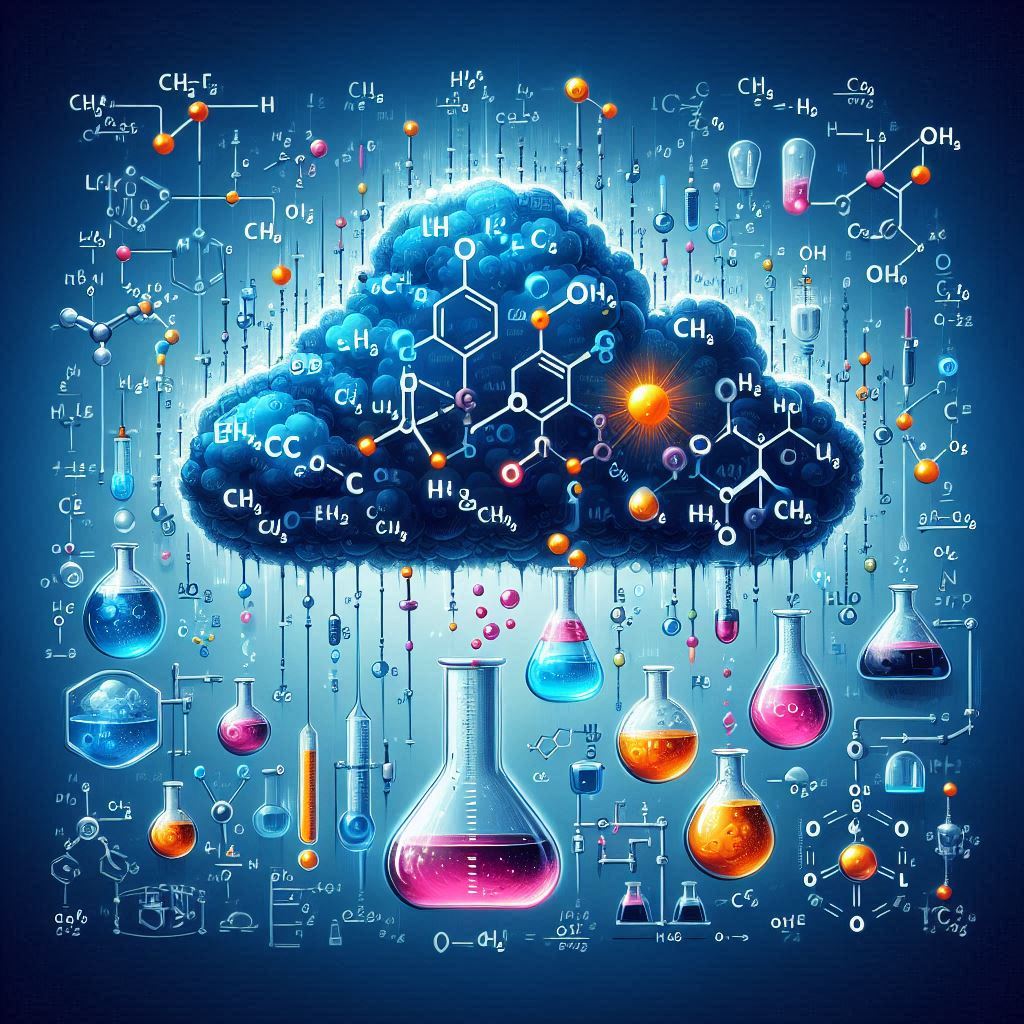Introduction
When it comes to chemical reactions, we often think of dramatic explosions or colorful precipitates. But sometimes, the most intriguing reactions involve everyday substances transforming right before our eyes. In this article, we’ll explore an equation that bridges the gap between the gaseous and liquid states: the synthesis of water.
1. The Hydrogen and Oxygen Tango
The equation we’re diving into is:
2H_2(g) + O_2(g) \rightarrow 2H_2O(l)2H2(g)+O2(g)→2H2O(l)
Here, hydrogen gas (H₂) and oxygen gas (O₂) perform a delicate dance, resulting in liquid water (H₂O). Let’s break it down step by step:
1.1 Hydrogen Gas (H₂)
Hydrogen, the lightest element, exists as a diatomic molecule (H₂) in its gaseous form. Picture tiny hydrogen molecules zipping around, colliding with one another.
1.2 Oxygen Gas (O₂)
Oxygen, essential for life, also pairs up as O₂. It’s the invisible breath of fresh air we inhale. Imagine oxygen molecules swirling, waiting for their partner.
1.3 The Magical Transformation
When hydrogen and oxygen meet under the right conditions—say, during a spark or near a flame—they decide to waltz. Two hydrogen molecules join forces with one oxygen molecule, creating two water molecules (H₂O).
2. The Chemistry Behind the Curtain
Let’s peek behind the curtain and understand why this dance occurs:
2.1 Bonding Energies
Hydrogen and oxygen atoms have strong affections for each other. Their covalent bonds are like magnetic attractions. When they collide, they break their existing bonds and form new ones, resulting in water.
2.2 Heat of Formation
This reaction releases energy—the famous “heat of formation.” It’s like the universe saying, “Congratulations, you’ve made water!” The excess energy warms our hearts (and our teapots).
3. Water: The Liquid Elixir
Liquid water is magical. It quenches our thirst, sustains life, and fills oceans. Imagine a world without it—no rainbows, no cozy cups of tea, no splashing in puddles.
3.1 The Dance Continues
Water molecules continue their ballet. They slide past one another, forming intricate hydrogen bonds. These bonds give water its unique properties: surface tension, capillary action, and the ability to dissolve almost anything.
3.2 The Hidden Symphony
Water’s liquid state conceals a symphony of molecular movements. It vibrates, rotates, and dances, even when we see it as still. It’s a silent celebration of molecular freedom.
4. Conclusion
So, next time you sip water or watch raindrops on your window, remember the elegant equation that brings liquid and gas together. Chemistry isn’t just about explosions—it’s about the quiet magic of transformation.
FAQs
- Why does water have a bent shape?
- Water’s bent molecular geometry arises from the repulsion between its lone pairs of electrons. It’s like a cosmic shrug saying, “Well, this shape works!”
- Can water exist as a gas and a solid simultaneously?
- Yes! At specific conditions, water can be in all three states: solid (ice), liquid (water), and gas (steam).
- Why does water expand when it freezes?
- Water’s unique behavior during freezing is due to hydrogen bonding. As it freezes, the molecules arrange themselves in an open hexagonal structure, leading to expansion.
- Is water wet?
- Ah, the philosophical question! Water itself isn’t wet, but it makes other things wet. It’s like saying, “I’m not cake, but I can make you sticky.”
- What’s the deal with heavy water (deuterium oxide)?
- Heavy water contains deuterium (a heavier isotope of hydrogen). It’s used in nuclear reactors and has a distinct taste. Imagine regular water with a secret handshake.
